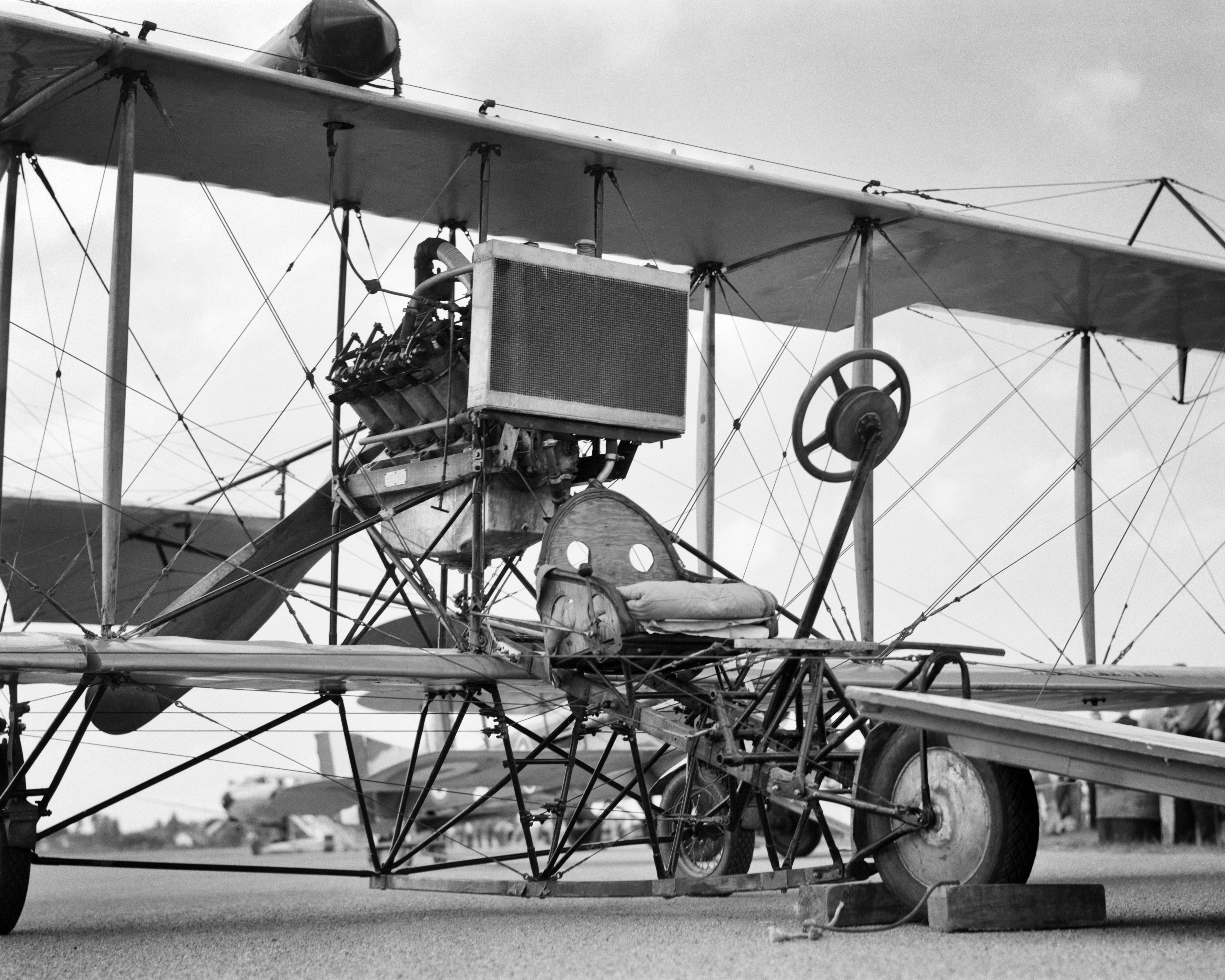The Curtiss Model D was introduced just six years after the Wright brothers' pioneering flight. However, it is this US production that has been argued to be more efficient than the Wright Flyer.
Changing industries
A former motorcyclist with a passion for flight, Glenn Hammond Curtiss was up against the Wright brothers to be the first to fly a heavier-than-air, powered aircraft. Captain Thomas Scott Baldwin, the first American to descend from a balloon by parachute, persuaded Curtiss to join the world of flight by getting him to design an engine to power a dirigible. This move led Curtiss to experiment deeper within the world of aviation, and he went on to create several aircraft designs.
Curtiss was focused on the use of small control surfaces put between the biplane's wings that moved in opposite directions. These miniature wings would be known as ailerons, and they went on to become aviation mainstays. Notably, he would be wrapped up in a legal battle with the Wrights regarding this approach for several years.
Regardless, Curtiss was one of the most progressive aeronautical experimenters during this early aviation period. He was backed by a strong unit of pilots that demonstrated the builds across the United States. They flew from fairgrounds and city plazas, highlighting what can be achieved in the realm of flight.
Scaling up
The 1911 Model D was an exemplification of Curtiss' innovation. The early pusher aircraft had its engine and propeller behind the pilot's seat and would help bring aviation to greater heights by being the first aircraft worldwide to be built in quantity. The type made its first takeoff from a ship deck on November 14th, 1910. It then made its first landing on a ship on January 18th, 1911.
Flight: 100 Greatest Aircraft by Mark Phelps shares the following about the Curtiss Pusher:
“The Model D triggered the dawn of naval aviation when twenty-four year old Eugene Ely used it to complete the first successful takeoff and landing on a U.S. naval vessel. It was also the aircraft of choice for Curtiss's demonstration flights throughout the United States: Pilots would load their Model Ds onto railroad cars, travel to preselected cities and towns, reassemble the planes, and fly for the public.
This built-in ease of assembly made the Curtiss Pusher the first real mass produced airplane, as well as one of the earliest aircraft purchased by the U.S. Army-its purchase by the military was second only to the Wright Flyer. And if that weren't enough for one little plane to accomplish, the Model D also set the basis for production of the world's first seaplane, the Curtiss Triad.”
Stay informed: Sign up for our daily and weekly aviation news digests.
New heights
There were at least four variants of the Model D, including the D-4, D-8, D-8-75, and Burgess Model D prototype. The aircraft's versatility saw it being trusted by the United States Army and Navy.
The D-4 was equipped with a 40 hp (30 kW) Curtiss four-cylinder inline engine, helping it to reach a maximum speed of 50 mph (80 km/h) and endurance of three hours and 30 minutes. Just one pilot and passenger could fit in the unit.
This development inspired Curtiss to continue pushing the boundaries. Soon, builds such as the NC-4 revolutionized the scene, becoming the first aircraft to fly across the Atlantic Ocean. Overall, the Curtiss name would evolve as a renowned brand within the aviation industry.
What are your thoughts about the Curtiss Model D? What do you make of the overall history of the aircraft? Let us know what you think of the plane and its operations in the comment section.

